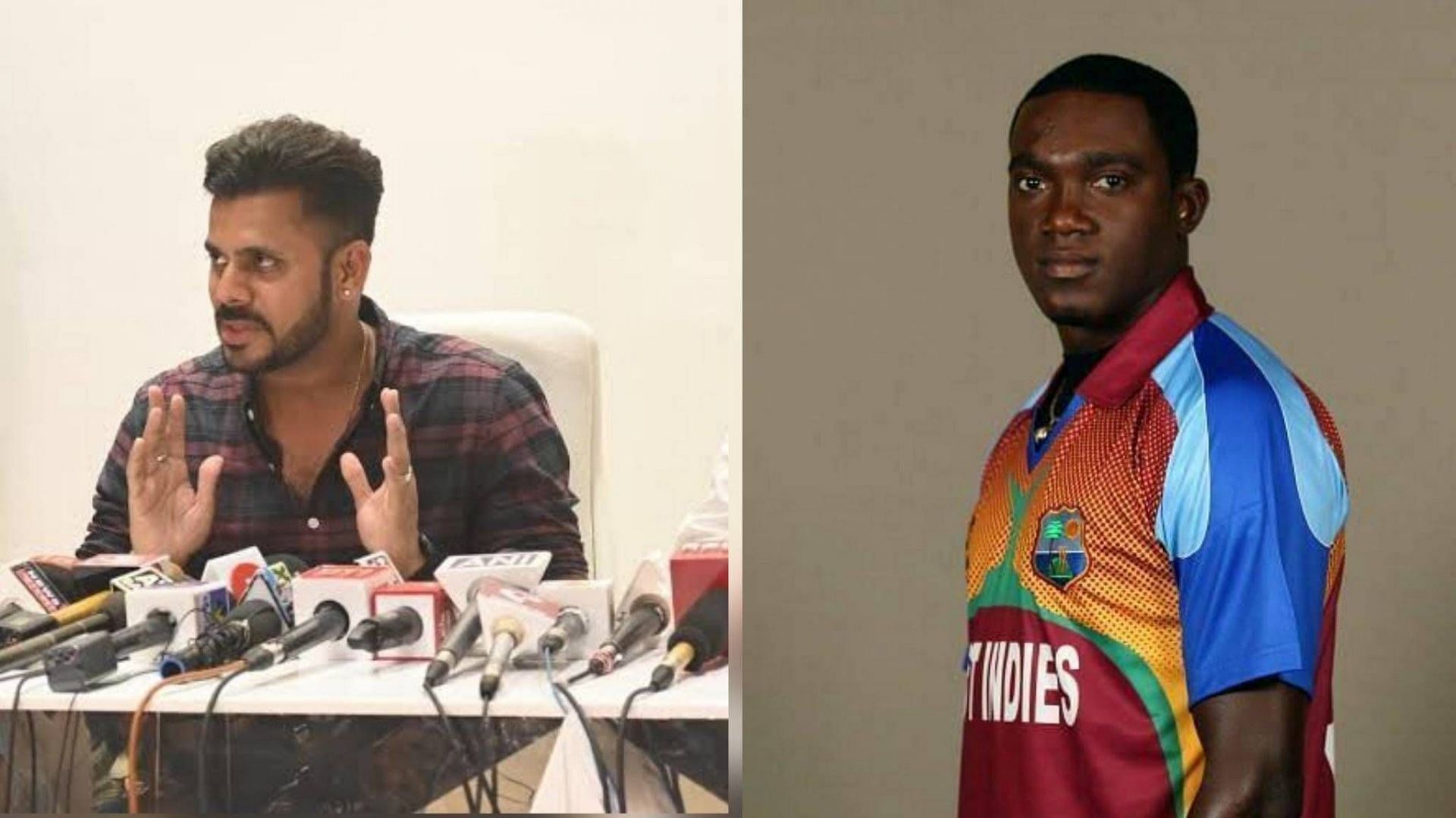
Ranking the 3 most unique reasons by cricketers to reverse retirement
Like all other athletes, cricketers can play at the top level for a limited period in their lives. It is quite challenging for any cricketer to continue playing after turning 40. The body does not support the player, which is why most cricketers tend to call it a day on their career in their late 30s or early 40s.
Sometimes, the cricketers even take early retirements due to various reasons. However, of late, retirement has not been a permanent thing in cricket. The likes of Ben Stokes, Tamim Iqbal, Ambati Rayudu, Manoj Tiwary, and Moeen Ali have taken U-turns on their decision to retire.
Coming out of retirement has not been so frequent in the past, but a few cricketers have done the same. In this listicle, we will rank some of the most unique reasons given by the players to reverse their retirement.
#3 "Basically, I’m an emotional person" - Manoj Tiwary explains why he came out of retirement
Manoj Tiwary announced retirement from all formats of cricket earlier this month, but just five days later, he organized a press conference to inform that he would continue to play for one more year.
Explaining the reason behind it, Tiwary said:
"Basically, I’m an emotional person. And a phase sometimes comes when you’re suddenly blank. People take a lot of decisions on emotions and this was one such for me.
"But after realization hit me and I was convinced by people, I am coming out of retirement today for one last year for Bengal."
#2 Shahid Afridi probably has the highest retirement announcements among all cricketers
Former Pakistan captain Shahid Afridi is the first name that comes to the mind whenever someone talks about cricketers reversing retirements. Afridi retired four times in his career and came back thrice.
The first was in 2006, when he quit Test cricket to focus on ODI cricket, with the World Cup to be held in 2007. However, just two weeks later, Afridi took his retirement back after being persuaded by the-then Pakistan Cricket Board chairman Shahryar Khan.
Surprisingly, Afridi did not play a Test for the next three years, and then in 2010, he was named the captain of the team straightaway. After leading Pakistan in just one Test, he retired again.
Six years later, Afridi thought of retiring from all formats of cricket after the ICC T20 World Cup 2016. However, as per ESPNCricinfo, his family and friends pressurized him to continue playing.
“There is a lot of pressure on me that I shouldn't retire from T20. That I can play on, and as such there is no real talent coming through in Pakistan whose place I am taking," Afridi said.
"For a while now there is a lot of pressure from my family, a lot of pressure from my friends, including my elders, who say there is no need for me to retire from Twenty20," he continued.
Afridi never played for Pakistan after the T20 World Cup in 2016. He officially announced retirement on February 20, 2017. He continued playing in leagues and even turned up for ICC World XI in a match against West Indies in 2018.
#1 Jerome Taylor retires from Tests for white-ball cricket, gets dropped from white-ball team and reverses Test retirement
Former West Indies fast bowler Jerome Taylor has the most bizarre story of retirement among cricketers. He retired from Test cricket in 2016 to shift his focus on ODIs and T20Is. However, the selectors did not pick him in the white-ball formats for the next 14 months.
As a result, Taylor reversed his retirement in Test cricket. Unfortunately for him, he never got to play another Test match for the West Indies team, but was recalled to the ODI and T20I squad. His last appearance for West Indies came in a T20I match against New Zealand in 2018.